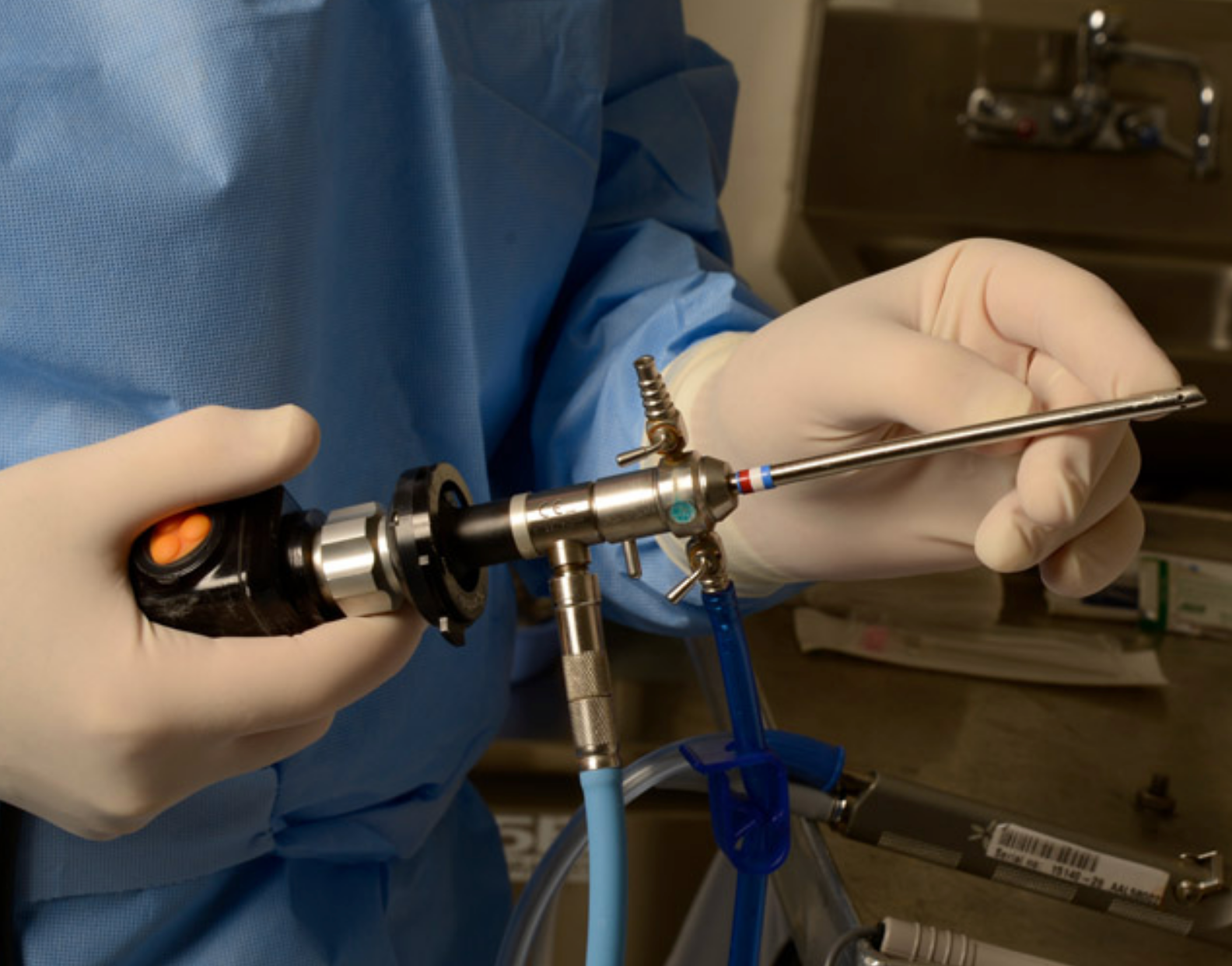Go to any Orthopedics show. Anywhere. And you will not find any real innovation.
You will see thousands of “new” products, but no game-changers. The “new” products on display are incremental design changes. Design creep. A new coating here, a different material there, a new instrument here, a new implant style there. The “new” products are not advances. Then, amazingly over time, these incremental changes will be copied by the other manufactures.
Then WHAMMMO! infrequently, a game-changing innovation will emerge. You know it when you see it. Wow!
A game-changer challenges the way the entire orthopedics industry thinks. It is completely disruptive to the industry and will redefine what is possible. Think back to arthroscopy, the Ilizarov apparatus, kyphoplasty, spine cages, and BMPs.
So, where do these game-changer products come from?
Inside, No.
Game-changing innovation does not originate from inside the walls of an Orthopedic company. There are four good reasons that prevent employees from creating innovation.
- Lack of day-to-day experience in the OR.
- Loyalty to big revenue legacy products.
- Lack of expertise in the new breakout technologies borrowed from other industries (advanced materials, drug eluding, optics, software and wireless communications, AI, ).
- And the best talent inside the companies is committed to the big product launches, not to skunk work programs.
Outside, Yes.
Great new product ideas come from people who are deeply in touch with the clinical needs of orthopedic devices and have an understanding of the new technologies available. These people are outside of your company. Typically, the great ideas come from surgeons, nurses, PAs, sales reps, and inventors outside orthopedics. This is the key reason that the manufacturers pay huge consulting fees to surgeons. Surgeons usually bring the best new product ideas.

Let’s go back in history to see where each of these five game-changers came from.
Arthroscopy – Dr Watanabe, a Japanese teaching surgeon, created the concepts. Then Dr O-Conner, a US surgeon, perfected the first systems.
Ilizarov apparatus – Dr Ilizarov, a Russian surgeon inventor in Siberia, used the materials available, including bicycle parts, to “stretch” bones to, thus inventing distraction osteogenesis.
Kyphoplasty – Dr Reily, a surgeon inventor who brought balloon angioplasty to bones.
Spine cages – Dr Bagby invented the first cage and implanted it into the famous race horse, Seattle Slew, to solve its neck pain and save its life. Dr Kuslich then perfected cages for posterior lumber fusions in people.
Bone Growth Factors – Dr. Marshall Urist, a UCLA surgeon/researcher, discovered BMPs but had no way of deriving a useful dose from cadavers, so Sofamor Danek licensed a synthetically produced version from Genetics Institute (now Wyeth). Medtronic sells $1M/day in the grow factor, now named INFUSE, for fusion and bone repair.
In the future we are likely to see more game-changing products in tissue regeneration, robot-aided surgery, and smart diagnostic implants.
Takehome Message for Companies
The future of your company is based on ideas that come from the outside. Empower your employees to look for ideas outside the company. Create a culture of idea sharing. Put in place an 800 number and email specifically for breakthrough ideas. Pay incentives to anyone who brings in a fresh new idea. Then, make sure that you have a process for evaluating ideas. Make it open and serious and regular. Execs should hold monthly product concept meetings that encourage all comers to present.
Thoughts?

